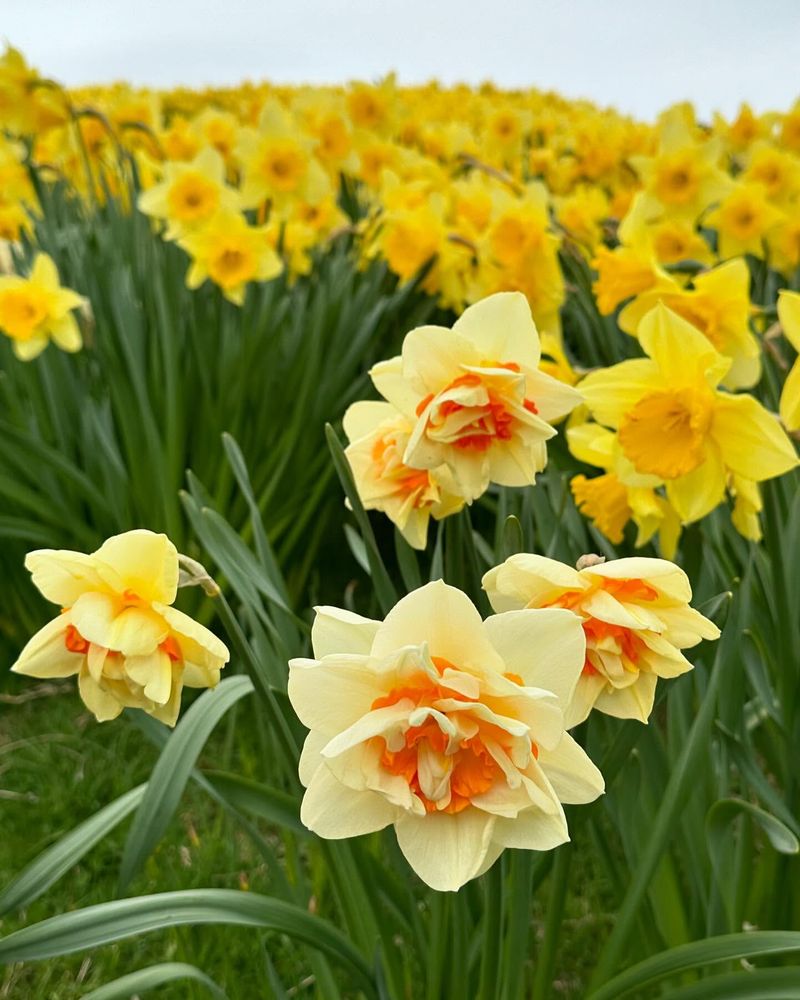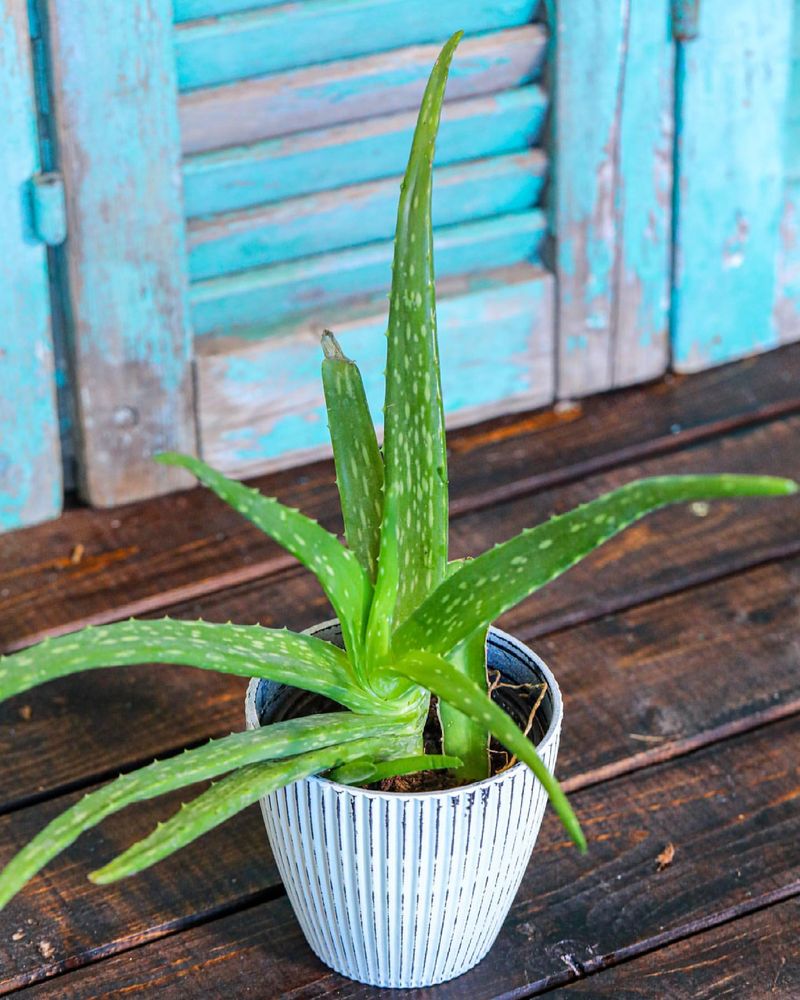📖 Table of Content:
As a dog owner, you strive to provide a safe and loving environment for your furry friend. However, the plants and flowers you adore—whether in your garden, home, or bouquet—might pose a hidden danger. They can lead to anything from mild discomfort to severe and life-threatening conditions.
Toxic plants are not always obvious, and accidents can happen quickly. As we all know, dogs are naturally curious, and their tendency to chew on leaves, dig in gardens, or explore new scents can put them at risk. So, knowing what to watch for can help you prevent these dangerous encounters before they occur.
Whether you’re tending your garden or bringing home a fresh bouquet, understanding which plants to stay away from will help keep your beloved pet happy and healthy. And we all know that’s exactly what you’re trying to achieve.
1. Azaleas
Azaleas may be beautiful, but they are hazardous to dogs. These flowers contain toxins that can lead to vomiting, diarrhea, and even heart issues in severe cases. Even a small amount can cause distress.
It’s crucial to keep an eye on your pup when outdoors in areas where azaleas grow. Regularly check your garden and remove any fallen flowers or leaves.
If you suspect your dog has ingested azaleas, contact a veterinarian immediately for advice and assistance.
2. Tulips
This springtime favorite poses a significant risk to dogs. The bulbs of tulips contain toxins that can irritate a dog’s mouth and esophagus, leading to drooling, vomiting, and diarrhea.
While the flowers themselves are less toxic, the bulbs are the most dangerous. Always store bulbs out of reach from curious pets, and consider planting them in areas inaccessible to dogs.
If your dog shows signs of tulip poisoning, such as excessive salivation and abdominal discomfort, seek veterinary care promptly to prevent further complications.
3. Oleander
Oleander is known for its lovely blossoms but is extremely toxic to dogs. Every part of this plant contains substances that can affect the heart, leading to arrhythmias, tremors, and even death. Even dried leaves can pose a threat, so regular garden maintenance is essential.
Immediate veterinary intervention is critical if ingestion is suspected, as oleander poisoning can rapidly become life-threatening. Educate yourself about common symptoms to act quickly if needed.
4. Daffodils
Synonymous with spring, daffodils are delightful yet dangerous for dogs. The bulbs, in particular, contain lycorine and other alkaloids that can induce vomiting, abdominal pain, and even cardiac arrhythmias.
Be cautious during planting and ensure that all bulbs are securely covered to prevent accidental ingestion. Educate family members about the risks these pretty flowers pose to pets.
If your dog ingests daffodils, monitor for symptoms such as vomiting and lethargy, and contact your veterinarian immediately for further evaluation and care.
5. Sago Palm
Though exotic and striking, this plant is perilous for dogs. It contains cycasin, a toxin that can cause liver failure if ingested. Symptoms include vomiting, jaundice, and neurological issues.
Because all parts of the sago palm are toxic, it’s best to avoid having these plants in your garden if you have pets. Regular checks for fallen seeds or fronds can help minimize risk.
Prompt veterinary attention is crucial if you suspect your dog has ingested any part of this plant, as early intervention can significantly improve outcomes.
6. Autumn Crocus
Beautiful yet lethal—that’s how we would describe this flower. Its toxins can cause intense gastrointestinal distress, organ damage, and bone marrow suppression. Even a small amount can have devastating effects, so vigilance is essential if these flowers are present.
If your dog comes into contact with autumn crocus or ingests any part of this flower, immediate veterinary care is necessary. Symptoms may include drooling, vomiting, and diarrhea, progressing rapidly without intervention.
So, we advise you to consider alternatives safe for pets to enjoy a worry-free garden.
7. Hydrangeas
Hydrangeas, with their voluminous blooms, are popular but can be harmful to dogs. They contain cyanogenic glycosides, which release cyanide when metabolized, causing digestive upset and discomfort.
It’s advisable to supervise pets around these plants, especially if they tend to chew on leaves or flowers. Removing wilted blooms and leaves can reduce the risk of accidental ingestion.
If your dog exhibits symptoms like vomiting and lethargy after exposure, consult a veterinarian to rule out poisoning and ensure your dog’s well-being.
8. Foxglove
These striking tubular flowers are highly toxic to dogs. They contain digitalis, which can affect heart function, leading to nausea, vomiting, and potentially lethal cardiac issues.
Immediate veterinary care is essential if your dog shows any signs of foxglove poisoning, such as irregular heartbeats and severe vomiting, to prevent serious complications.
So, it’s best to keep dogs away from foxglove plants and educate visitors about their toxicity. Consider safer alternatives to prevent accidental ingestion in your garden.
9. Aloe Vera
Aloe vera is famous for its healing properties but it can be harmful to dogs if ingested. The plant contains saponins, which can cause vomiting, diarrhea, and changes in urine color.
While aloe is beneficial for topical use, ensure it’s kept out of reach to prevent accidental consumption. Place plants in areas inaccessible to pets or choose non-toxic alternatives.
If your dog ingests aloe vera, watch for symptoms like vomiting and changes in urine. Contact your veterinarian for guidance on managing potential poisoning to ensure a swift recovery.
Keeping your dog safe requires awareness of the potential dangers in your environment. By identifying and avoiding toxic plants, you can create a safer garden and home for your beloved pet.
Always consult a veterinarian if you suspect plant poisoning, as early intervention can make all the difference. With the right precautions, you and your pup can enjoy a worry-free, pet-friendly space.









